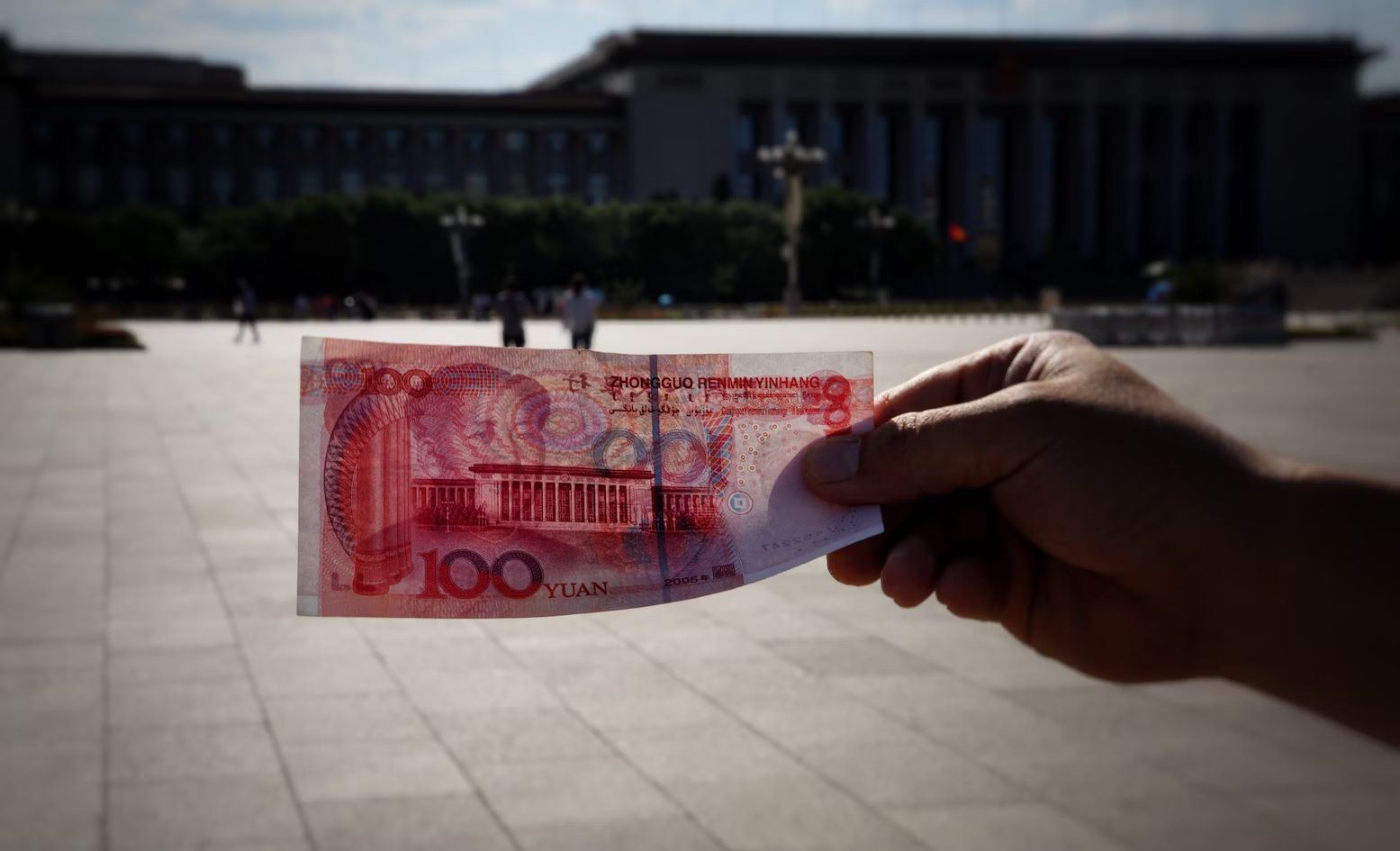Right after the federal reserve cut its rate last week, its central bank came out and announced measures to support the economy, including a cut in banks' reserve requirement ratio and freeing up yuan for lending, especially for stock repurchases. The seven-day reverse repo rate will be reduced, with expectations of changes in lending facility rates and loan prime rates. To address housing, the down payment for second-home buyers will be lowered as well as mortgage rates. The securities regulator is expected to provide guidance for funds to enter the market and support mergers. Two tools have been introduced to achieve this: a swap program for access to stock-buying funds, and loans to banks for funding companies' share purchases. The move is timed as such to soften the blows compared to if the fed has not cut yet.
EQUITY
U.S. stocks opened the week slightly higher as investors evaluated the implications of the Federal Reserve's recent rate cut and assessed economic data. Energy and consumer discretionary sectors are leading the advance, with attention focused on upcoming inflation data. U.S. business activity steadied in September with concerns on inflationary pressures, as prices for goods and services increased at the fastest pace in six months.
GOLD
Gold prices keep printing record highs, stemming from rate cuts projection, and tensions in the Middle East, and the China central bank cutting rate. Gold's safe-haven status has strengthened due to a to a worsening economic outlook globally, as historical records suggest a recession after rate cuts. Even with a decline in gold demand during Q2 2024 from reduced jewellery consumption, the outlook for gold remains positive, backed by monetary policy changes and global tensions.
OIL
Oil prices climbed higher in response to stimulus from China and tensions in the Middle East, with supply concerns supporting the market. The rally's sustainability is questioned by analysts, citing demand issues in China and policy mismatches. A potential hurricane in the U.S. Gulf Coast adds to supply uncertainties, while the Bank of America warns that shorting crude oil may be risky, predicting a possible demand reversal driven by productivity advances and AI energy needs.
CURRENCY
The U.S. dollar stabilised after a recent selloff, while the euro rebounded after losses due to contracting eurozone business activity. The Chinese yuan strengthened to a 16-month high after the government announced stimulus measures, raising hopes for economic recovery. The Australian dollar reached its highest level this year as the Reserve Bank of Australia maintained a hawkish stance on inflation, while the Japanese yen weakened slightly after the Bank of Japan's dovish comments.














